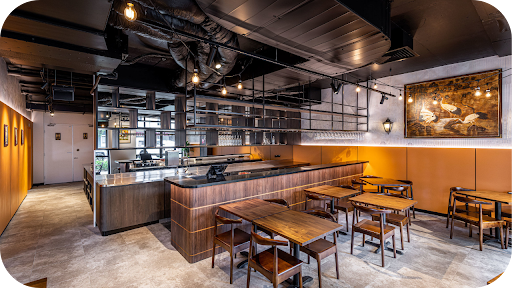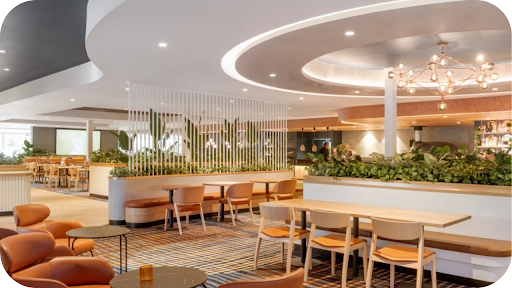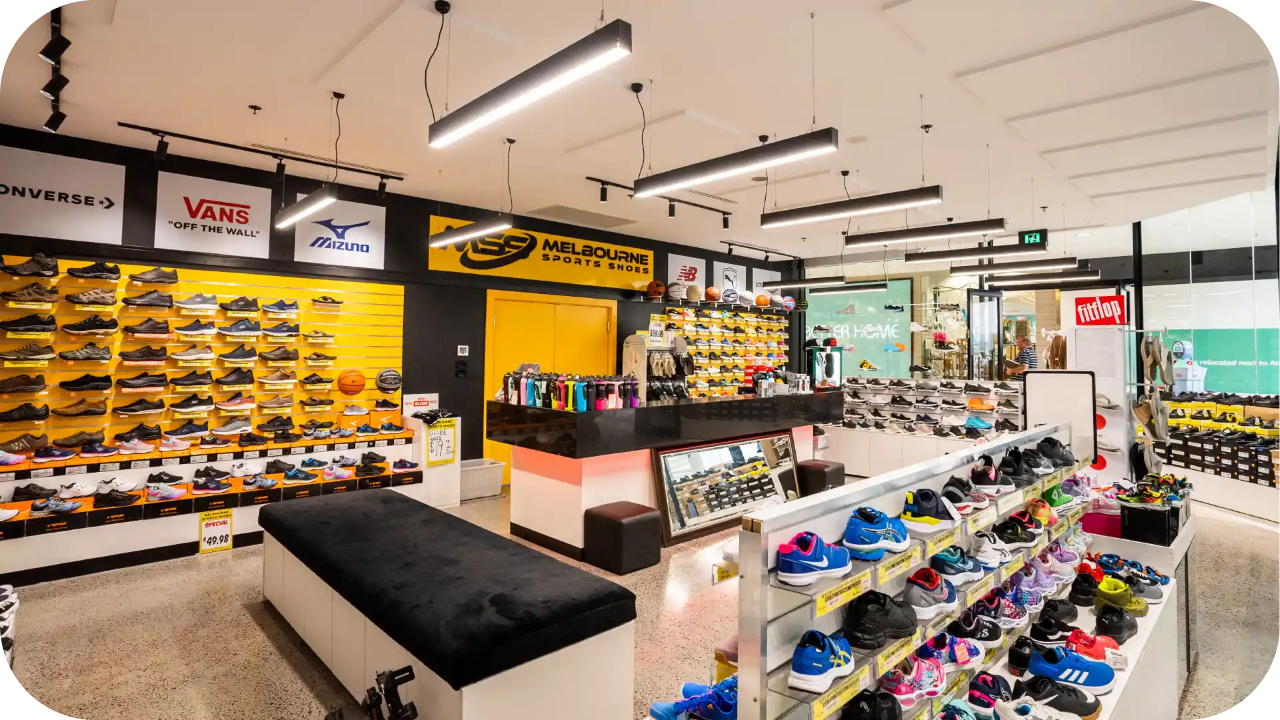The wrong material can ruin custom joinery. Warping, scratches, and wear show up fast when durability isn't a priority. A beautiful design means nothing if it doesn’t last!
Studies show that poor material choice leads to costly repairs within five years. Imagine investing in cabinetry only to see peeling finishes, moisture damage, or structural weakness, money wasted!
Quality materials make all the difference. From solid timber to laminates and polyurethane finishes, this guide breaks down the best materials for high-quality custom joinery, so you can choose from the start!
Key Considerations When Choosing Joinery Materials
Selecting the right joinery materials is essential for durability and aesthetics. With countless options available, weighing several key factors before deciding is important.
- Durability and Strength: Different spaces require different levels of durability. Kitchens and bathrooms need moisture-resistant materials like marine-grade plywood or polyurethane finishes while living room cabinetry can incorporate delicate veneers or glass panels. Consider the wear and tear the joinery will face and choose materials accordingly.
- Aesthetic Appeal: The chosen material should complement your home’s interior style. Solid timber offers warmth and timeless elegance, while laminates provide a modern, low-maintenance alternative. High-gloss finishes add a sleek, contemporary touch, whereas textured surfaces like fluted wood or brushed metal create depth and character.
- Maintenance and Longevity: Some materials require more upkeep than others. Timber needs periodic sealing or oiling, while laminates and polyurethane finishes are easy to clean and maintain. If low maintenance is a priority, opt for stain-resistant and scratch-proof materials.
- Budget and Cost Efficiency: Custom joinery is an investment, but material choices impact cost. Solid timber is premium but costly, while MDF or laminate offers an affordable yet stylish alternative. Balancing quality with budget ensures a smart, long-term decision.
- Environmental Impact: Sustainability is a growing priority in joinery. FSC-certified timber, recycled wood, and low-VOC finishes contribute to an eco-friendly choice. Opting for sustainable materials benefits the environment and adds long-term value to your home.
Top Materials for Custom Joinery
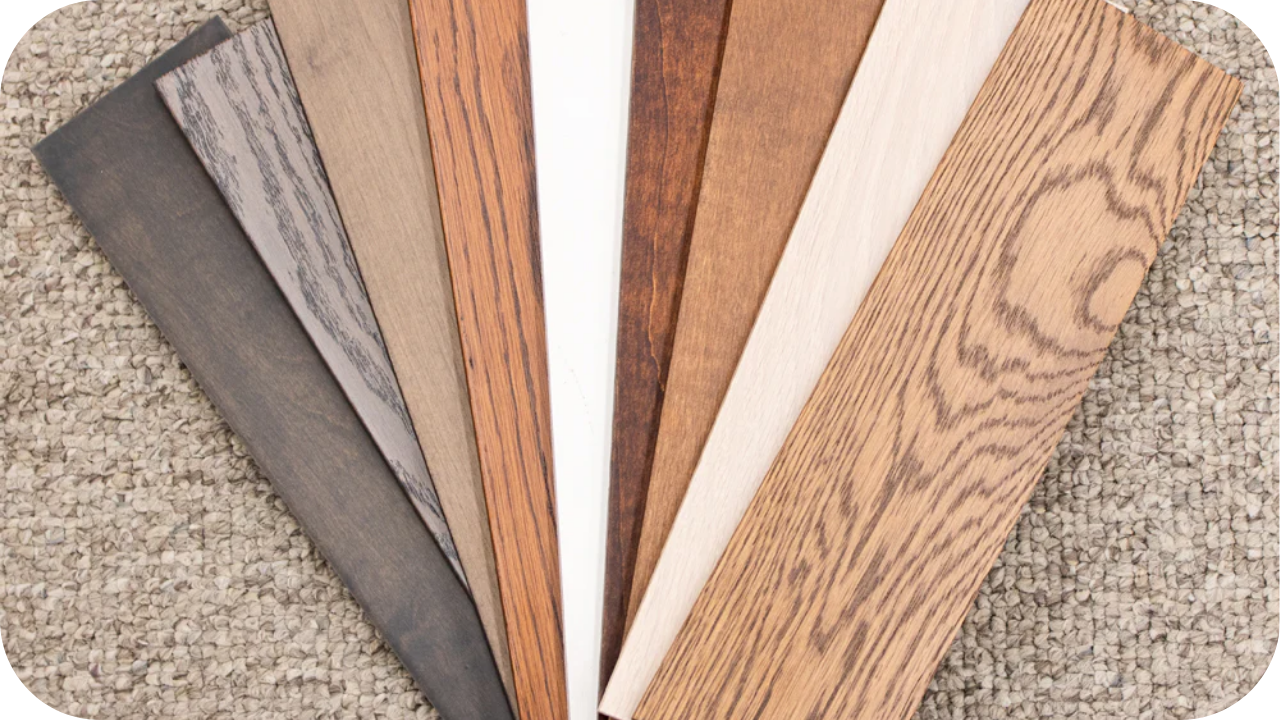
Selecting the right material is crucial to achieving high-quality custom joinery. Each option offers distinct advantages in durability, aesthetics, and functionality. Here are the top materials to consider:
1. Solid Timber
Solid timber is a premium choice for its natural beauty, durability, and timeless appeal. Woods like oak, walnut, and blackbutt provide unique grain patterns that enhance any space.
While timber ages beautifully, it requires maintenance to prevent warping and moisture damage. Ideal for cabinetry, feature walls, and furniture, solid timber adds warmth and character to both traditional and contemporary interiors.
2. Veneer
Veneer offers the elegance of solid timber without the hefty price tag. It consists of a thin layer of real wood applied to a stable core like MDF or plywood, making it less prone to warping.
Veneers can be stained or polished in various finishes for a customised look. Ideal for cabinetry, wall panelling, and furniture, it provides a luxurious aesthetic while maintaining affordability.
3. Plywood
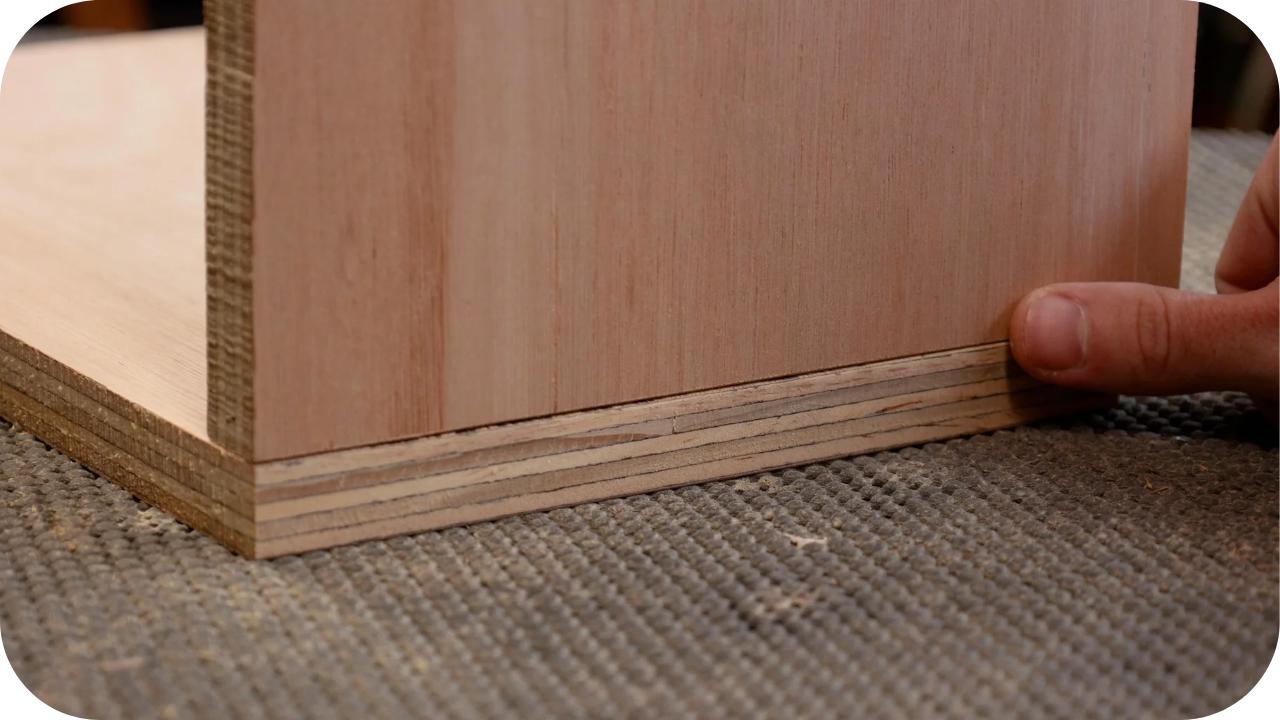
Plywood is a strong, lightweight material made by layering thin sheets of wood. It resists cracking and splitting, making it an excellent cabinetry, shelving, and structural joinery option.
Moisture-resistant varieties, such as marine-grade plywood, work well in kitchens and bathrooms. Its layered construction ensures stability, making it a practical choice for high-traffic areas where strength and durability are essential.
4. MDF (Medium-Density Fibreboard)
MDF is an engineered wood product known for its smooth, consistent surface, which is perfect for painted finishes. It’s cost-effective, easy to shape, and commonly used in cabinetry, doors, and decorative joinery.
While not as moisture-resistant as plywood or solid timber, moisture-resistant MDF is available for humid environments. It’s a great option for achieving a sleek, modern look on a budget.
5. Laminates
Laminates are a durable and budget-friendly alternative to natural materials. They mimic the look of timber, stone, or metal while offering high resistance to scratches, stains, and moisture.
This makes them an excellent choice for kitchen cabinetry, wardrobes, and high-use surfaces. Available in various colours and textures, laminates allow creative design flexibility while requiring minimal maintenance.
6. Polyurethane (PU) Finishes
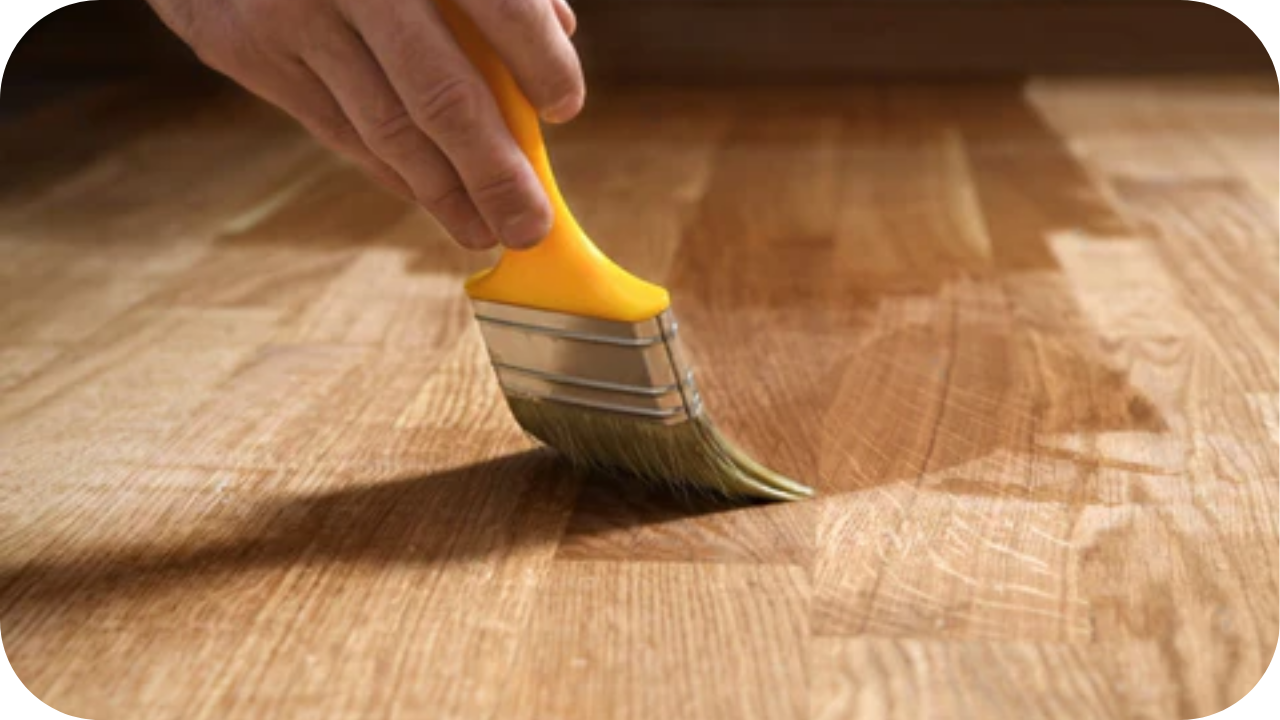
Polyurethane finishes (PU) provide a sleek, high-end look and excellent durability. They are resistant to moisture, stains, and fading and are ideal for modern kitchens and interiors.
They offer a seamless, smooth appearance in glossy, matte, or satin finishes. Their high resistance to wear makes them a popular choice for cabinetry and built-in furniture that require both style and longevity.
7. Glass and Mirrored Finishes
Glass and mirrored surfaces add elegance and a sense of spaciousness to joinery. Used in cabinets, wardrobe doors, and display units, they reflect light, making rooms appear brighter and more open.
While they require regular cleaning to maintain their sleek look, tempered glass options offer durability. Mirrored finishes are particularly useful in small spaces, enhancing depth and visual appeal.
8. Metal Accents
Brushed brass, blackened steel, and aluminium trims are becoming staples in modern joinery. These accents add an industrial, sophisticated edge while reinforcing structural integrity.
Metals are ideal for cabinet handles, shelving brackets, and inlays. They pair beautifully with timber, glass, and stone. Durable and stylish, metals enhance the overall aesthetic while offering a contemporary or industrial-inspired finish to custom joinery designs.
How to Choose the Right Material for Your Space
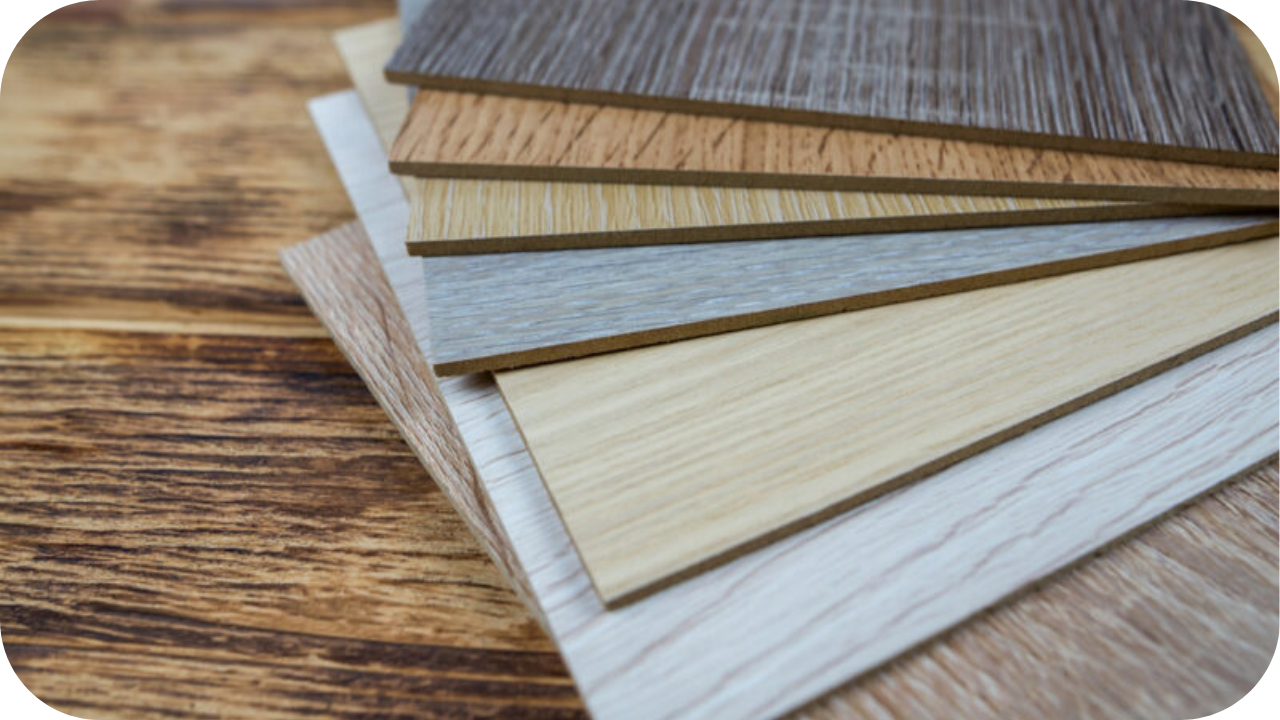
Choosing the right material for your space requires balancing durability, aesthetics, and functionality. High-traffic areas like kitchens and bathrooms demand moisture-resistant options, such as marine-grade plywood, laminates, or polyurethane finishes, which can withstand humidity and daily wear.
Solid timber or veneers provide warmth and elegance for living rooms and bedrooms, and their unique grain patterns add character. If budget is a concern, MDF or laminates present cost-effective solutions without compromising style.
Another key factor is maintenance. Timber requires periodic sealing, while laminates and polyurethane finishes offer easy upkeep. Spaces with a contemporary aesthetic benefit from sleek, high-gloss finishes, while traditional designs pair well with textured timber or veneer.
Glass and mirrored finishes work well in smaller rooms, creating an illusion of space and adding brightness. Ultimately, selecting the right material ensures longevity, enhances your home’s design, and complements your lifestyle needs while providing a functional, visually appealing solution.
Conclusion
The right material transforms joinery from ordinary to exceptional—quality matters whether you prefer solid timber’s warmth, laminate’s durability, or sleek polyurethane finishes. Make informed choices for a stylish, long-lasting result.
Romaac Joinery specialises in crafting bespoke joinery with the finest materials. Let’s create something remarkable. Contact us today for expert guidance and premium craftsmanship!
Easy steps to create a color palette
Lorem ipsum dolor sit amet, consectetur adipiscing elit lobortis arcu enim urna adipiscing praesent velit viverra sit semper lorem eu cursus vel hendrerit elementum morbi curabitur etiam nibh justo, lorem aliquet donec sed sit mi dignissim at ante massa mattis.
- Neque sodales ut etiam sit amet nisl purus non tellus orci ac auctor
- Adipiscing elit ut aliquam purus sit amet viverra suspendisse potent
- Mauris commodo quis imperdiet massa tincidunt nunc pulvinar
- Excepteur sint occaecat cupidatat non proident sunt in culpa qui officia
What is a color palette?
Vitae congue eu consequat ac felis placerat vestibulum lectus mauris ultrices cursus sit amet dictum sit amet justo donec enim diam porttitor lacus luctus accumsan tortor posuere praesent tristique magna sit amet purus gravida quis blandit turpis.

Don’t overspend on growth marketing without good retention rates
At risus viverra adipiscing at in tellus integer feugiat nisl pretium fusce id velit ut tortor sagittis orci a scelerisque purus semper eget at lectus urna duis convallis porta nibh venenatis cras sed felis eget neque laoreet suspendisse interdum consectetur libero id faucibus nisl donec pretium vulputate sapien nec sagittis aliquam nunc lobortis mattis aliquam faucibus purus in.
- Neque sodales ut etiam sit amet nisl purus non tellus orci ac auctor
- Adipiscing elit ut aliquam purus sit amet viverra suspendisse potenti
- Mauris commodo quis imperdiet massa tincidunt nunc pulvinar
- Adipiscing elit ut aliquam purus sit amet viverra suspendisse potenti
What’s the ideal customer retention rate?
Nisi quis eleifend quam adipiscing vitae aliquet bibendum enim facilisis gravida neque euismod in pellentesque massa placerat volutpat lacus laoreet non curabitur gravida odio aenean sed adipiscing diam donec adipiscing tristique risus amet est placerat in egestas erat.
“Lorem ipsum dolor sit amet consectetur adipiscing elit, sed do eiusmod tempor incididunt ut labore et dolore magna aliqua enim ad minim veniam.”
Next steps to increase your customer retention
Eget lorem dolor sed viverra ipsum nunc aliquet bibendum felis donec et odio pellentesque diam volutpat commodo sed egestas aliquam sem fringilla ut morbi tincidunt augue interdum velit euismod eu tincidunt tortor aliquam nulla facilisi aenean sed adipiscing diam donec adipiscing ut lectus arcu bibendum at varius vel pharetra nibh venenatis cras sed felis eget.

